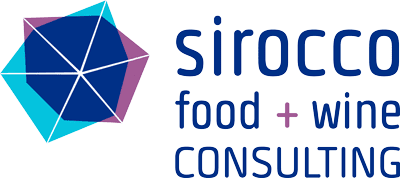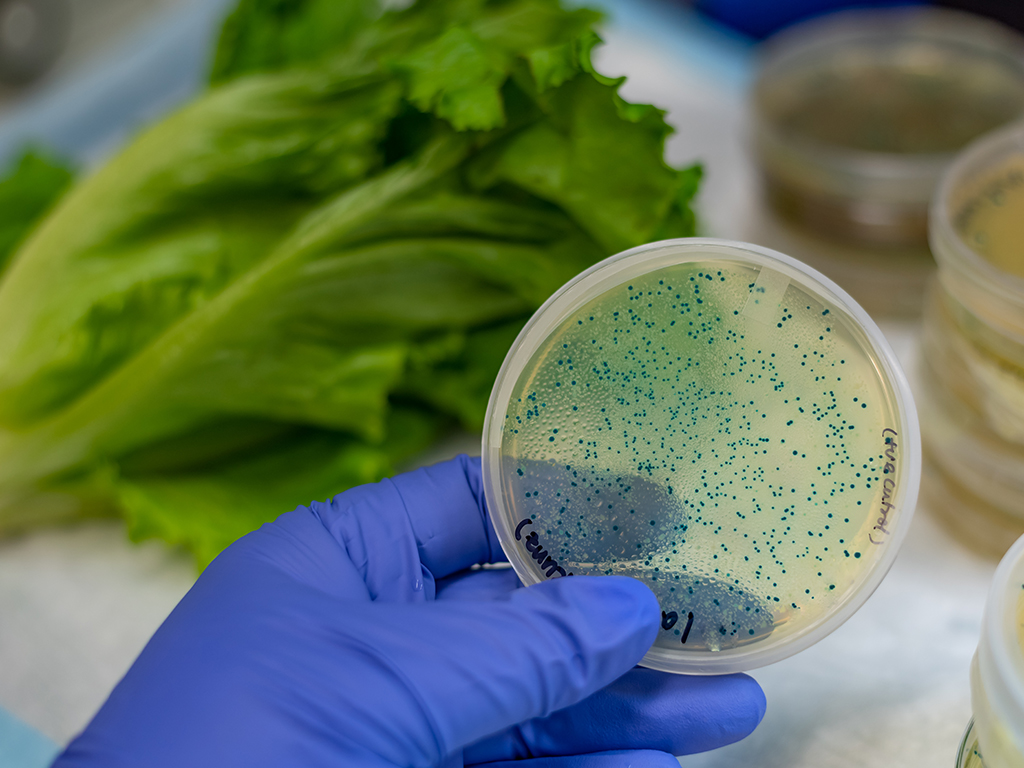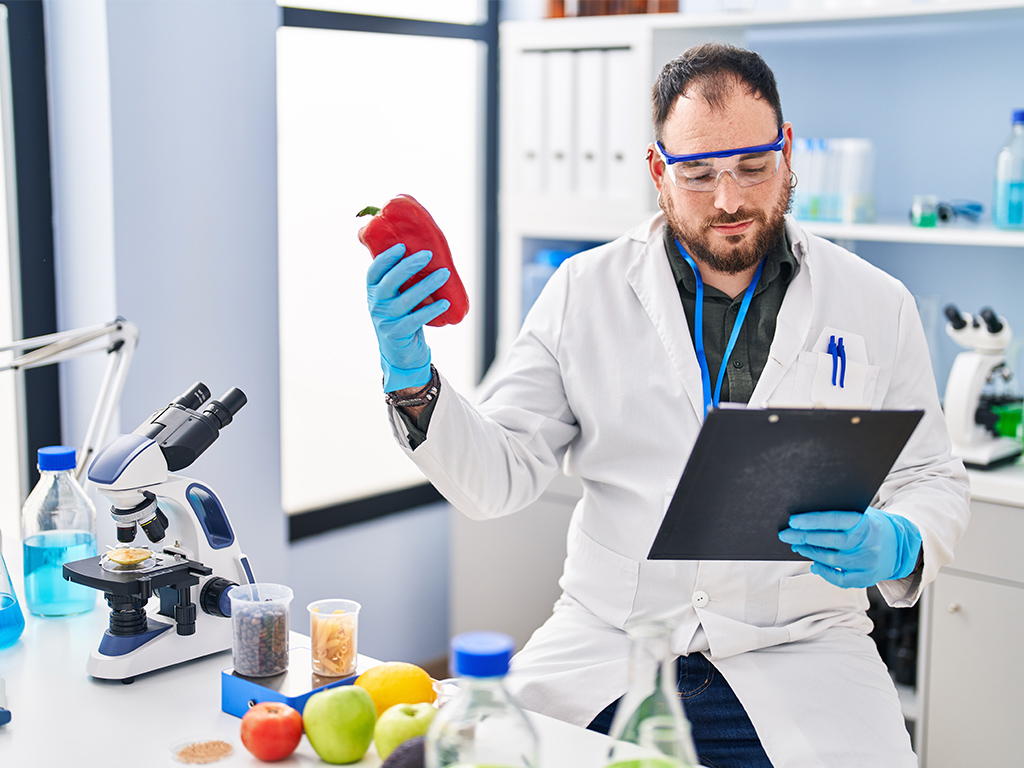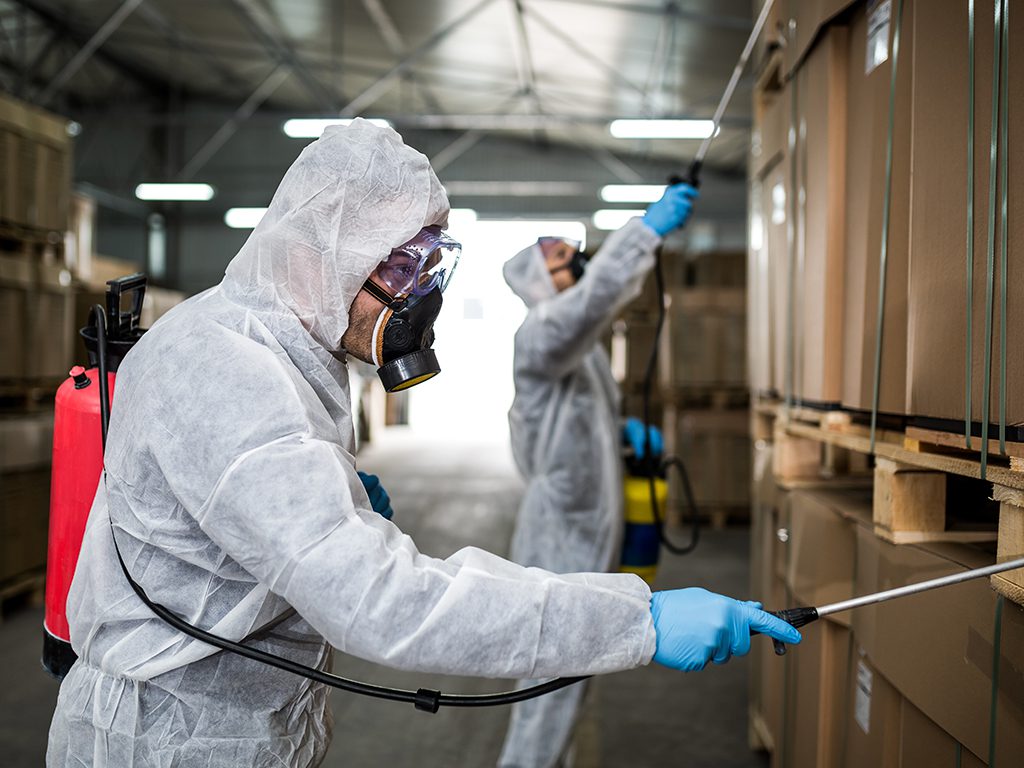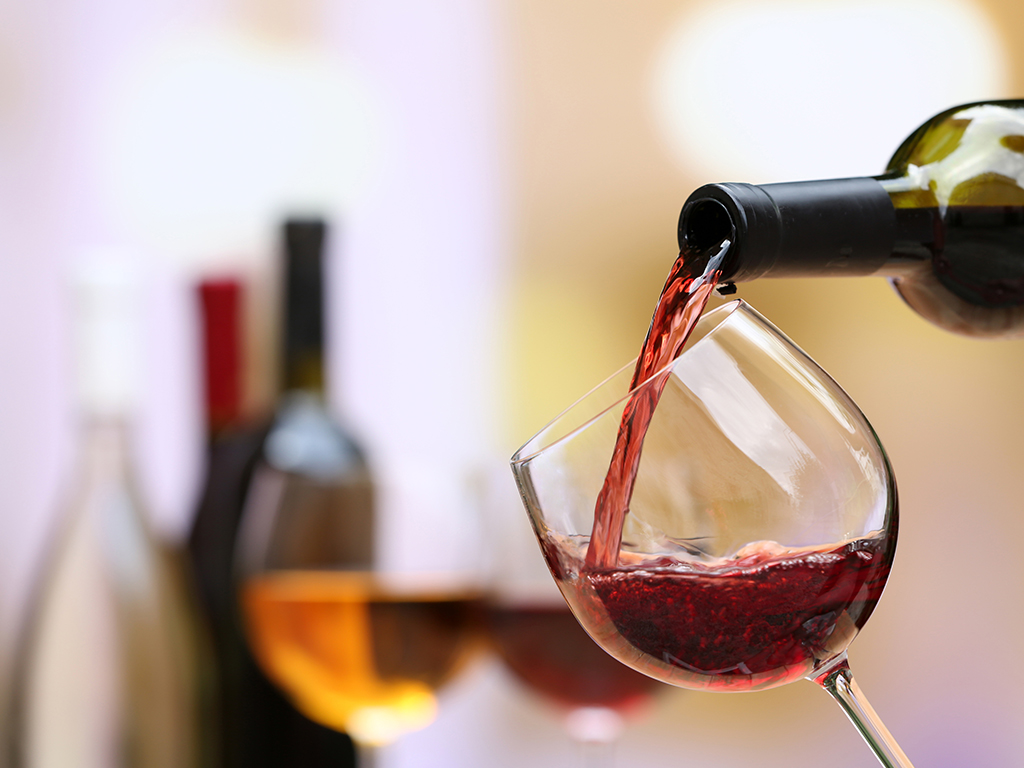In Canada, the CFIA handles, on average, 175 food recalls a year. In the United States, Time Magazine reports that the number of food recalls for 2018 was 703, a number decrease from previous years. A major food recall can cost easily over 10 million dollars. For any food business, experiencing one major recall is…
Sensory Panel Performance in Tastelweb
When conducting descriptive sensory assessments of food and beverages, the panel coordinator must monitor the performance of the panel to ensure the accuracy of the data and, in some cases, schedule retraining on specific sensory descriptors. To review the performance of the panel and panelists has three objectives: Assessment of the overall panel performance and…
Startup Guide to becoming SQF Certified
If your food business or warehouse already follows good manufacturing and good distribution practices, now is the time to upgrade to an SQF certification which will enable you to export and to do business with large customers and retail chains. Safe Quality Food (SQF) is an accredited, internally-recognized food safety certification which is benchmarked to…
Sensory Evaluation of Kombucha, Competitor Analysis
Like other fermented beverages, kombucha suits itself well for sensory evaluation. This trendy drink is a black tea-based, non-alcoholic beverage fermented by yeast and bacteria and known for its refreshing scent and taste. Sought after for its health benefits, kombucha is a low-calorie product, is rich in antioxidants, and offers antimicrobial and anti-inflammatory properties. It…
Food Traceability Requirements under Canadian SFCR and US FDA FSMA
The US FDA announced the New Era for Food Safety blueprint in July 2020 in an effort to “enhance traceability, improve predictive analytics, respond more rapidly to outbreaks, address new business models, reduce contamination of food, and foster the development of stronger food safety cultures.” One of the keystones of this food safety initiative is…
How to Choose the Right Sensory Test for Your Food or Beverage Evaluation Project?
Part of the role of a QA/R&D/Production specialist is to conduct a sensory test of food or beverages to confirm product quality and shelf life and craft new products based on defined taste profiles. Knowing which sensory tests to implement is important because results must be both scientifically valid and actionable. In a previous blog,…
Starting a Food Business? You Need a Food Safety Plan
Your food business is in the start-up phase. Maybe it’s a side hustle for now, but you know that you have a good food product that sells well. You have been able to secure a meeting with a key buyer for a national grocery chain. The meeting went very well, and you look forward to…
Perfecting your Pest Control Management Program for SQF Certification
Pest Management is one of the critical HACCP pre-requisite programs (PRPs) which support site Good Manufacturing Practices (GMP). A review of the last SQFI audit statistics shows that pest control requirements are at the top list of major non-conformities. A pest management program within a food storage or manufacturing facility involves monitoring pests including insects,…
Performing risk assessments to certify to SQF
Risk Assessment is an important activity in food safety and quality management. GFSI standards such as BRC Global Standards and the SQF code require the documentation of risk assessments as part of the certification process. One needs only to read the standards to see that the notion of risk assessment and mitigation form the basis…
Case Study: Vertical Sensory Tasting at Carter Wine Company
Sirocco Food + Wine Consulting had the opportunity to organize a vertical sensory wine tasting at BC Winery Carter Wine Company and BC Wine Studio last month. The team was wrapping up harvest and getting ready for the Christmas season. The 10-acre property is located in Okanagan Falls, a short drive from Penticton in the…
